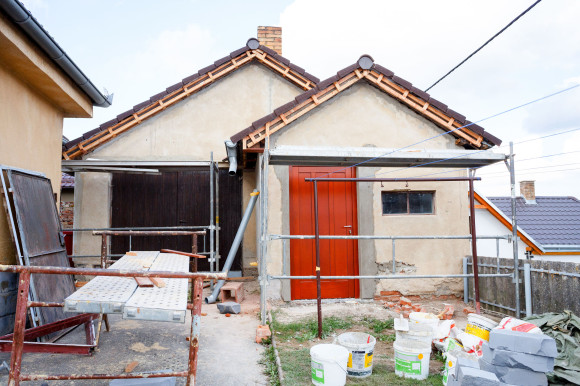Home renovations are in high gear these days, thanks to low interest rates on second mortgages and bank loans. But, the construction process itself is typically fraught with anxiety, given longer-than-expected timeframes to complete projects and frequent cost overruns.
Many homeowners are unaware of the breadth of financial exposures and physical dangers they invite when undertaking a home renovation, so it’s incumbent upon insurance agents to provide advice to clients before the project commences, assessing both the range of risks and any additional insurance protections that may be required.
Home renovations are a Petri dish of risks. Roughly one-third of all house fires are caused by contracting professionals working in the home.
Other hazards include bodily injury liabilities from nosy neighbors venturing onto the property and then tripping over equipment or building materials. Family members also are subject to injury, as are invited friends and guests, including people making deliveries to the house. Valuables like fine art and wine can be damaged because of construction vibration. Plumbing pipes have been known to crack and leak from the shaking, causing water damage. If the renovation is in a row home or attached dwelling, vibrations can cause damage to neighboring properties. Family health issues can arise from contaminants like asbestos and mold stirred up by construction activity.
While there is “no place like home,” a renovation is sure to make one run for the exits if the construction risks are not adequately understood and evaluated by an insurance agent.
Where’s Grandma’s Brooch?
Property theft can be a problem during a home renovation. Homeowners should conduct a complete background check of the contractor and the subcontractors, and may consider storing valuables in a safety deposit box or other safe place.
Theft is not confined to unscrupulous construction workers. Homes that are not properly secured each day after the construction draws to a close can be subject to burglary.
Contractors often store valuable construction equipment and building supplies at the job site. If these items are not properly secured and they are stolen, it could result in increased costs or even a lawsuit filed by the contractor against the homeowner.
Family members’ personally identifiable information also is at high risk of theft during a home renovation.
Up in Smoke
As mentioned earlier, the primary risk in a home renovation is fire. Construction equipment can produce sparks that may cause a fire. Soldering work and paint-stripping with heat guns create similar risks, as do power tools that can overload an electrical socket and cause unseen “hot spots.” Other fire hazards include space heaters used to keep the job site warm, flammable liquids and rags soaked with solvents.
An agent can be a vital risk adviser and he or she also can review the coverage breadth and financial limits of contractor insurance policies. They can further ensure the family’s insurance policies are amended to address the additional property exposures and the added liabilities.
A final insurance consideration is that the value of the home is likely to increase when the project concludes. Often it makes sense to incrementally increase the financial limits of the homeowners insurance policy during the phases of the project.
A well-informed family is the best protection against the unique financial exposures and physical dangers that even a modest renovation creates.
Topics Homeowners Contractors Construction
Was this article valuable?
Here are more articles you may enjoy.



 USAA to Lay Off 220 Employees
USAA to Lay Off 220 Employees  Coral Gables, Florida Tops Beverly Hills as Ritziest Home Market in US
Coral Gables, Florida Tops Beverly Hills as Ritziest Home Market in US  Supreme Court Makes It Easier to Sue for Job Discrimination
Supreme Court Makes It Easier to Sue for Job Discrimination  Vintage Ferrari Owners’ Favorite Mechanic Charged With Theft, Fraud
Vintage Ferrari Owners’ Favorite Mechanic Charged With Theft, Fraud 


